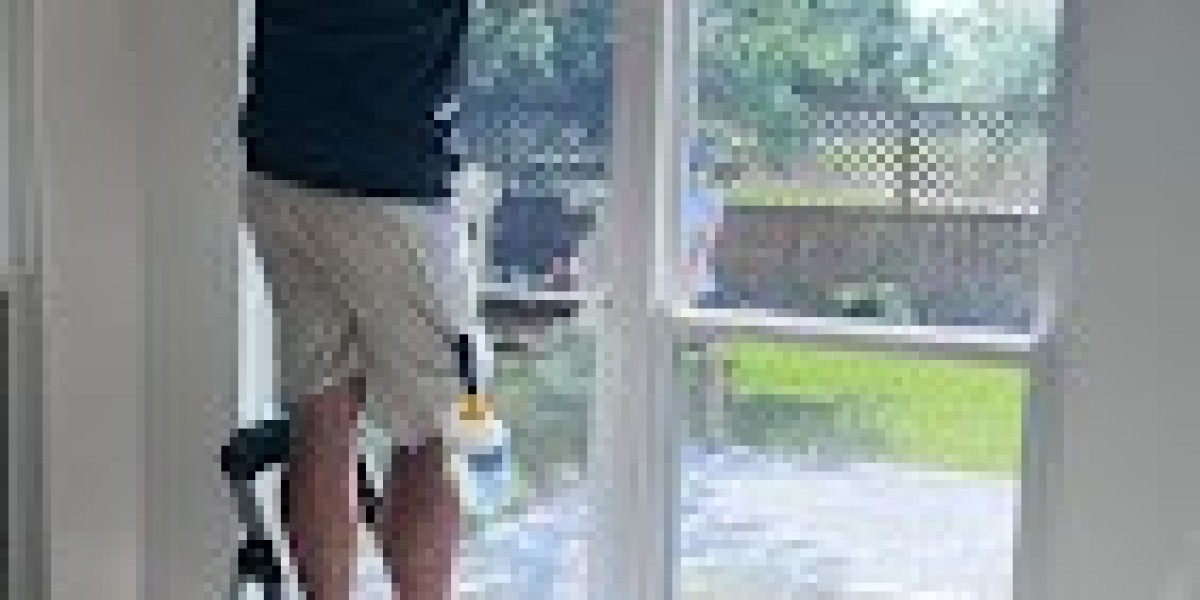Understanding Commercial Building Window Tinting
Commercial building window tinting has emerged as a crucial investment for businesses aiming to enhance energy efficiency, protect interiors, and improve overall building aesthetics. Unlike residential applications, commercial properties often feature expansive glass façades, making them more susceptible to solar heat gain, glare, and fading of interior furnishings. Implementing professional window tinting can significantly address these challenges, offering a combination of functional and visual improvements.
Modern window tinting involves applying a thin film to glass surfaces that reduces the amount of sunlight and ultraviolet (UV) rays entering the building. This process is carefully engineered to balance natural light, visibility, and privacy, ensuring that employees and visitors enjoy a comfortable indoor environment without compromising external views. With the advancements in technology, commercial window films now offer a range of options, including reflective, neutral, and low-emissivity coatings, each designed to cater to specific building requirements.
Energy Efficiency and Cost Savings
One of the primary reasons businesses invest in commercial building window tinting is its energy efficiency benefits. Large office buildings and retail spaces often struggle with fluctuating indoor temperatures due to sun exposure. By limiting heat transfer through glass, window tinting reduces the need for excessive air conditioning during hot months and helps retain warmth during colder periods.
This energy regulation translates into substantial cost savings for commercial properties. Companies can lower electricity bills while simultaneously decreasing their carbon footprint. In a business climate increasingly focused on sustainability, the ability to demonstrate eco-friendly building practices adds a competitive advantage. Additionally, tinted windows can reduce the strain on HVAC systems, extending their lifespan and minimizing maintenance expenses.
Protecting Interiors and Enhancing Comfort
Another significant advantage of commercial building window tinting is interior protection. Prolonged exposure to direct sunlight can fade carpets, furniture, wall art, and equipment, leading to frequent replacements and higher operational costs. Tinted windows block a large portion of harmful UV rays, safeguarding interior assets and ensuring a longer lifespan for office furnishings.
Moreover, window tinting enhances indoor comfort by minimizing glare on computer screens and reducing hot spots near large windows. Employees experience improved productivity as they are less likely to face visual discomfort and distractions caused by intense sunlight. In client-facing areas, such as lobbies and conference rooms, tinted windows create a more pleasant and professional atmosphere.
Privacy and Security Advantages
Commercial window tinting also contributes to privacy and security. Certain window films can prevent outsiders from seeing into the building while still maintaining clear visibility from the inside. This feature is especially important for buildings located in busy urban areas or high-traffic zones, where confidentiality and employee safety are essential.
In addition to privacy, some films provide an extra layer of security by holding shattered glass together in the event of breakage. This is particularly valuable for buildings in regions prone to storms, accidents, or vandalism. The combination of privacy, safety, and resilience makes commercial window tinting a practical solution for modern office and retail environments.
Aesthetic Enhancement and Branding Opportunities
Beyond functionality, commercial building window tinting can elevate a building’s aesthetic appeal. Reflective or colored films can create sleek and modern exteriors, aligning with brand identity or architectural vision. Window tinting can also complement interior design schemes by softening sunlight and creating consistent lighting throughout workspaces.
For businesses seeking to leave a strong impression on clients, investors, or visitors, well-chosen window films enhance the professional image of the property. Furthermore, window tinting can be integrated with custom designs or logos, providing subtle yet effective branding opportunities.
Choosing the Right Commercial Window Film
Selecting the appropriate window film requires careful consideration of building needs, climate, and budget. Professional window tinting services evaluate factors such as glass type, sun exposure, energy efficiency goals, and aesthetic preferences before recommending a solution. High-quality installation ensures the longevity and effectiveness of the film, preventing bubbles, peeling, or uneven surfaces.
Businesses should also prioritize films that meet industry standards for UV protection, heat rejection, and durability. Consulting with experienced commercial window tinting providers ensures that the chosen solution aligns with operational requirements and long-term investment goals.
Conclusion
Commercial building window tinting is no longer just an aesthetic enhancement; it has become a strategic investment for energy efficiency, employee comfort, and interior protection. By reducing heat gain, blocking harmful UV rays, and improving privacy and security, tinted windows contribute to a healthier and more productive work environment. In addition, the aesthetic and branding benefits make window tinting a versatile choice for modern commercial properties. Companies that adopt this solution enjoy long-term cost savings, enhanced sustainability, and an improved professional image, demonstrating that window tinting is a smart choice for forward-thinking businesses.






